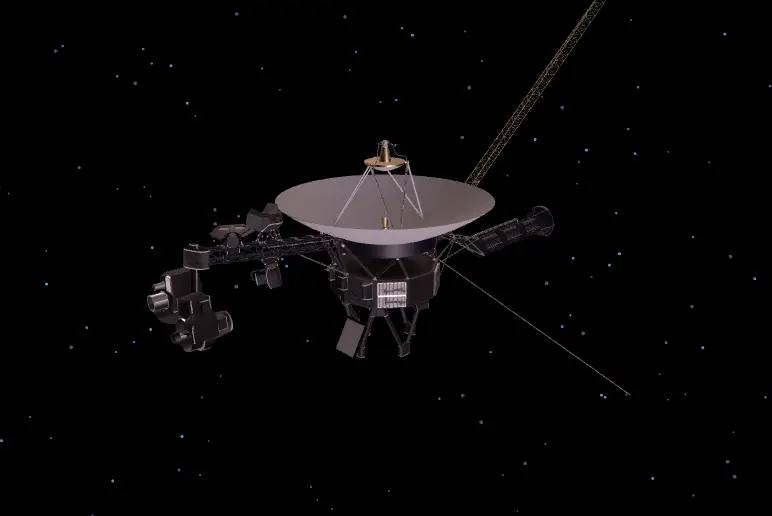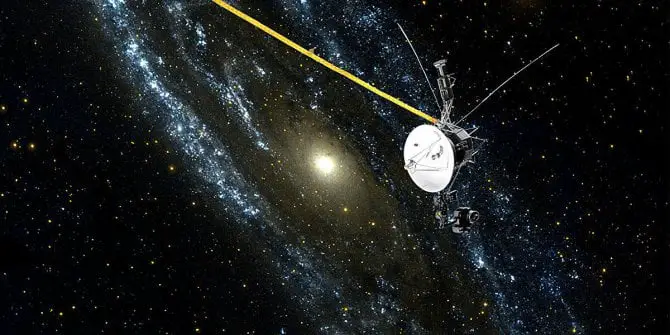NASA contacts Voyager 2 for the first time since March. NASA’s Voyager 2 has been traveling through space for 43 years (and almost two years in interstellar space) and was completely alone for the last eight months when contact was lost.
Fortunately, last week, some commands were sent to the spacecraft during a test, and after 34 hours and 48 minutes, the team received a greeting from deep space. Voyager 2 is still alive! The spacecraft is in perfect condition and is capable of executing commands 18.8 billion kilometers away from Earth.
- NASA detects luminous phenomena in the atmosphere of Jupiter
- OSIRIS-REx mission: NASA lands on an astroid for the first time
- Artemis Accords: NASA wants peaceful space exploration
The DSS4 antenna, Deep Space Station 43, is located in Canberra, Australia, and it is part of NASA’s Deep Space Network, the collection of radio antennas used to communicate with spacecraft beyond the orbit of the Moon. The other two facilities are in Goldstone, California and Madrid, Spain.
Built in 1972, the antenna has been improved over time, but most of the equipment is the original from nearly 50 years ago. The longer period of more recent disconnection was necessary to provide a complete refurbishment to DSS43 and install new hardware. The 70-meter wide antenna will be fully operational in February.

“This test communication with Voyager 2 definitely tells us that things are on track with the work we are doing,” explains Brad Arnold, DSN project manager at NASA’s Jet Propulsion Lab.
NASA contacts Voyager 2 for the first time since March. The Voyager-2 probe continues to travel and make scientific measurements 31 years after its main mission ended. Let’s keep it that way.





